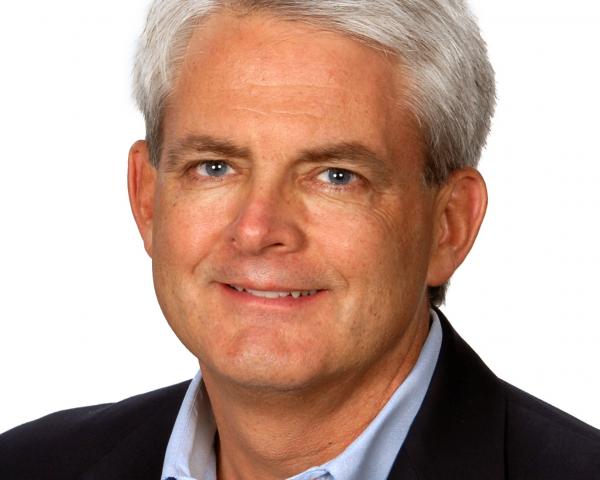In the world of commercial insurance, there exists the very curious role of risk manager. I mean curious in the sense that successful risk managers appear to have superpowers. They are charged with taking the actions necessary to avoid or reduce the consequence of risk across an entire enterprise. Their knowledge must extend deeply into a variety of subjects such as engineering, safety, the subtleties of the business of their employer, insurance (of course), physics, employee motivation and corporate politics and leadership. Their impact can be wide-ranging, from financial (e.g., dollar savings from risk avoidance/mitigation) to personal (the priceless value of the avoidance of employee death or injury).
Sadly, the tyranny of economics restricts the access that businesses have to continuous, high-quality risk management. Full-time risk managers are prevalent in huge, complex, global companies. These firms often self-insure, or purchase loss-sensitive accounts, and the financial value of a risk management position (or department) is clear. The larger mid-market firms can afford to selectively purchase safety consultant services; their insurance broker might perform some of these tasks (especially at renewal), and their insurers may have loss control professionals working some of these accounts. However, for the majority of small businesses, risk management at the professional level is not affordable.
I have toyed with different ideas about how to automate this function to bring the value of a risk manager to the small commercial business segment. My attempts were always unsatisfying. However at a Front End of Innovation conference in Boston, a presentation by Dr. Rafael J. Grossmann (@ZGJR) crystallized the vision. I can now clearly see how existing technology can be combined to create a risk manager avatar.
Dr. Grossmann is a trauma surgeon who practices in Maine. In addition to the normal challenges of his profession, he is one of only four trauma surgeons servicing a very wide area. Although the area is sparsely populated, the challenge of distance and time complicates the delivery of medical services. Dr. Grossmann presented his vision of a medical avatar, a combination of technologies that will perform 80% or more of the routine medical cases in a consistent, timely and cost-effective manner. Combining the technologies of mobile, voice recognition, virtual reality, artificial intelligence, machine learning and augmented reality forms a new silicon entity - a medical doctor avatar. He also introduced a company, sense.ly, that is working to deliver similar services (video here: http://www.sense.ly/index.php/applications/).
If such systems can deliver medical services, then why not risk management? For example, given permission, a system would monitor the purchases of a small company and identify when the historical pattern changes, e.g., when the company begins to buy new types of materials. Using predictive algorithms, the pattern can be compared against others to evaluate if there is likelihood that the company is now performing new business operations. The avatar could then contact the small business, or could signal human intervention by an underwriter to evaluate the necessity for an endorsement to a policy to cover the new business operation. Eventually, some of these interventions would also be handled through machine-to-machine communication and would allow the endorsement to take place automatically.
Someone will build a risk management avatar. The question is, who will do it first?








